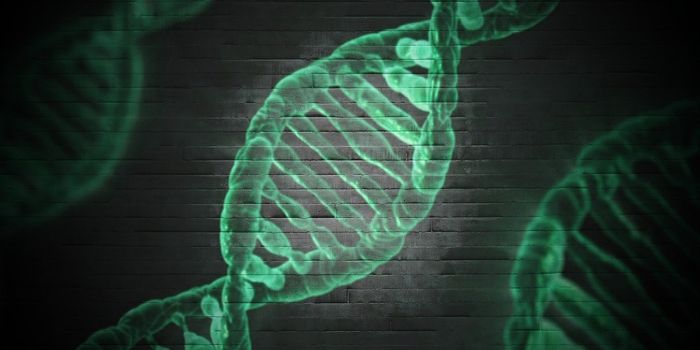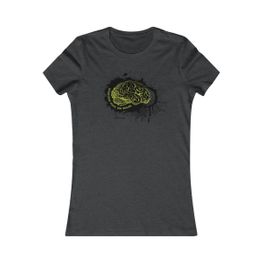Why do Women Get More Autoimmune Disease? Scientists Find an Answer
Millions of people have autoimmune diseases, such as multiple sclerosis or rheumatoid arthritis. But it's estimated that four of every five people who have an autoimmune disease are women. For some disorders the ratio is even more skewed; for every nine women who have lupus there is one male patient, and for every nineteen female Sjogren's syndrome patients, there is one male patient. Researchers may have finally found an answer to the puzzling question of why autoimmune disease strikes women far more often: their extra X chromosome.
X chromosomes are crucial to sex determination. In mammals, females generally have two X chromosomes while males of the species usually carry one X chromosome and a much smaller Y chromosome. There are a few active genes on the Y chromosome, but far fewer than the many genes that can be found on X chromosomes. It is critical for cells to inactivate one of those X chromosomes, which is found along with the rest of the genome in the nucleus of female cells. Otherwise, cells would be inundated with extra proteins from the extra X chromosome. This process is known as X-chromosome inactivation.
In a new study reported in Cell, scientists have shown that X-chromosome inactivation is related to the excessive number of autoimmune disorders in women. However, this is not the only cause of these diseases, so men sometimes get them as well.
Xist is an RNA molecule that is made from a gene on the X chromosome, and Xist is responsible for X-chromosome inactivation. This gene only becomes active in the presence of another X chromosome, so it is not expressed in males. When transcribed from DNA, the Xist RNA molecule is not translated into protein like the RNA from most active genes. Instead, it is a special kind of long, non-coding RNA (lncRNA) that can bind to DNA and block the expression of other genes. This way, Xist can 'silence' one X chromosome while the other X generates the proteins it's supposed to.
This study has shown, however, that when mixtures of lncRNA, X chromosomes, and DNA-binding proteins all combine, it can trigger a powerful immune reaction. Previous work by this group identified almost one hundred proteins that bind to Xist or molecules associated with Xist. Some of those associated molecules have been linked to autoimmune disease, and the investigators wanted to know more about this connection and whether it may be causing higher rates of autoimmune disease in women.
The researchers created a male mouse model that was susceptible to autoimmune disease, and in which Xist was generated. They also generated mice that produced Xist but were not susceptible to autoimmune disease. These male mouse models were then exposed it to a chemical that can trigger lupus-like symptoms. In the male mice who were not susceptible to disease, no autoimmune symptoms were observed. However, the susceptible male mice developed lupus-like symptoms.
The researchers suggested that these findings have shown that Xist itself may not be enough to trigger autoimmune disease, but when combined with certain genetic backgrounds, it can become a real problem. This additional requirement may also explain why not all women get autoimmune disease, even though X-chromosome inactivation can be a major risk factor.
În autoimmune disease, patients develop antibodies that target their own biology. The researchers analyzed blood samples from autoimmune disease patients, and discovered many autoantibodies that were linked to Xist complexes. Some of the autoantibodies were unique to certain autoimmune diseases, and they could be useful in diagnostics.
"Every cell in a woman's body produces Xist, but for several decades, we've used a male cell line as the standard of reference," noted senior study author Howard Chang, MD, PhD, professor of dermatology and of genetics and a Howard Hughes Medical Institute investigator. "That male cell line produced no Xist and no Xist/protein/DNA complexes, nor have other cells used since for the test. So, all of a female patient's anti-Xist-complex antibodies, a huge source of women's autoimmune susceptibility, go unseen."
Sources: Stanford University Medical Center, Cell
-
MAY 07, 2024Is It Anti-RNP or Anti-Sm/RNP?
-
MAY 08, 2024Expand your Multiomic Capabilities with RNAscope™
- See More
-
APR 30, 2024Immuno-Oncology Virtual Event Series 2024
-
MAY 07, 20243rd International Biosecurity Virtual Symposium
-
MAY 23, 2024For the Love of Digital PCR 2024
- See More


















































